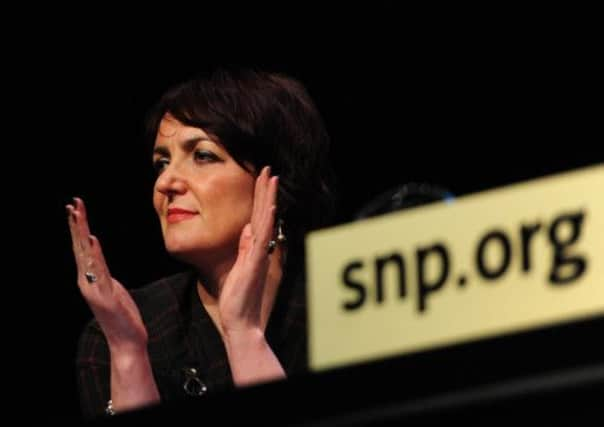Eddie Barnes: Constance has a job on her hands


In May, noting the “strong performance” of Scotland’s youth employment market, the minister declared that the figures provided “clear evidence that the action we are taking to support young people into employment … is making a difference”. In June, when, as it happens, the figures also showed “strong performance”, she declared this was “clear evidence that the action we are taking to support young people into employment is making a difference”.
Last week, the press release took a radically different tack. As the Scottish Government noted fresh evidence that youth unemployment “continues to fall”, Ms Constance – daringly breaking from convention – declared: “Today is further evidence that the Scottish Government is taking the right approach.”
Advertisement
Hide AdAdvertisement
Hide AdThere’s no harm in singing the same song if it’s a good tune – and message discipline is all in modern politics. But leaving aside her choice of words, questions are being asked as to whether Ms Constance’s relentless back-slapping is merited. Her claim to success is based on figures released by the Office of National Statistics, which tracks unemployment by age. Last week’s figure for 16-24-year-olds in Scotland put it at 19.1 per cent. This is higher than the past two months (17.8 and 15.2 per cent), but it is 2 percentage points lower than the same period last year (21.2 per cent). Hence, Ms Constance’s claim that the SNP government has cracked it.
But what of these figures? The Scottish Government uses them, it says, because they are “the most timely source of data” available. This is true. But you have to go to the ONS’s own spreadsheet, buried on its website, to learn that they are also “experimental”. By this, the ONS means that “due to the relatively small samples and subsequent sampling variability, the figures should be used with caution”.
More accurate, if less timely, data is available, also produced by the ONS (and is mentioned by the Scottish Government in its small print). It shows that youth unemployment in Scotland in the year to March 2013 is 20.5 per cent – nearly 1 percentage point down on the year previously.
Clearly, this is better than a rise in unemployment over the period. But does it provide “clear evidence”? The STUC’s verdict on the Scottish Government’s preferred numbers is that they are “optimistic”. It concludes that, after the huff, puff and press release, Scotland has witnessed a “steady if markedly unspectacular fall over the last year” in its youth unemployment crisis. It may be that Ms Constance can claim credit for this fall. But optimistic claims about this issue run the risk of making the youth employment minister’s post look like an exercise in self-justification.